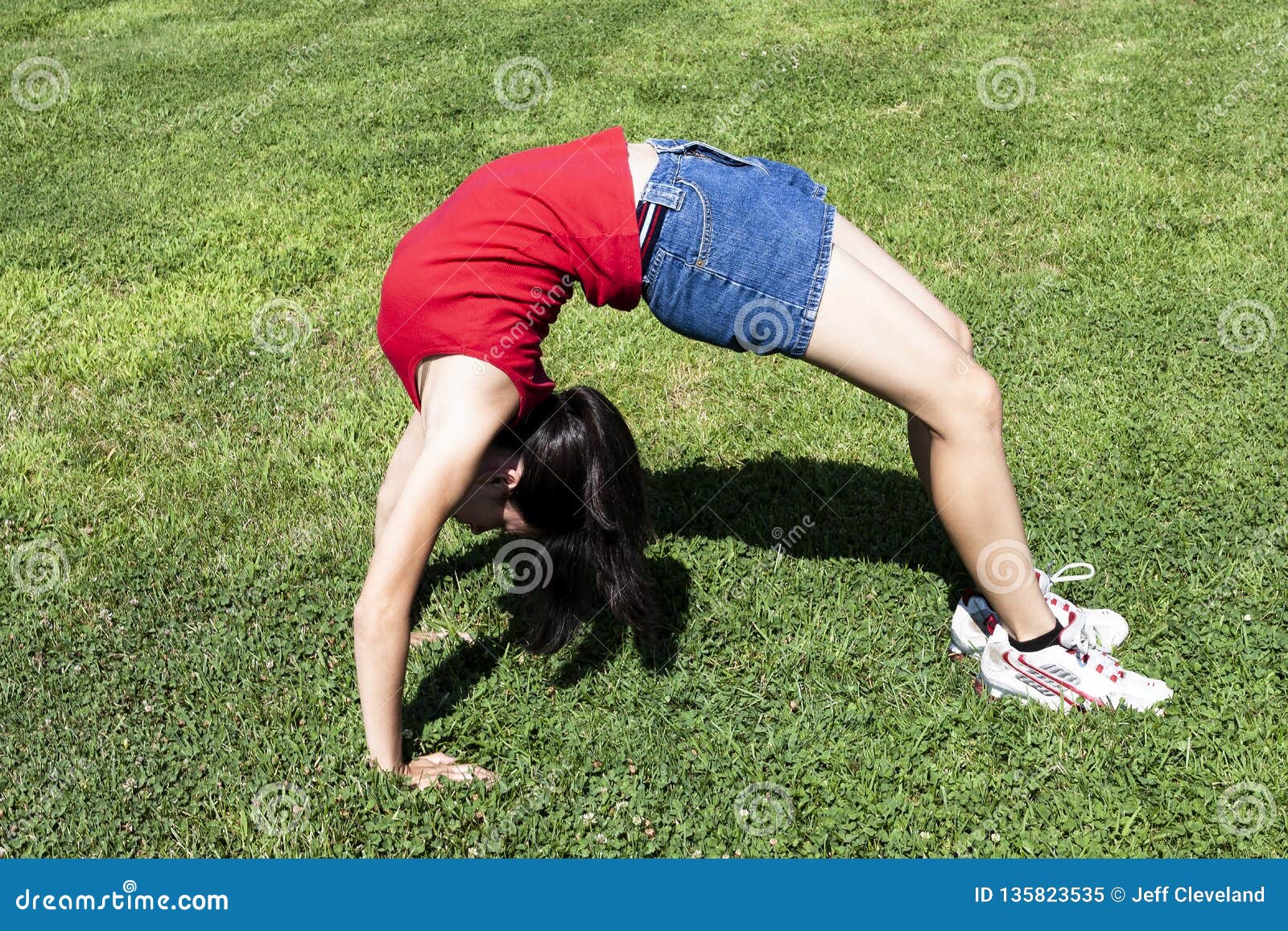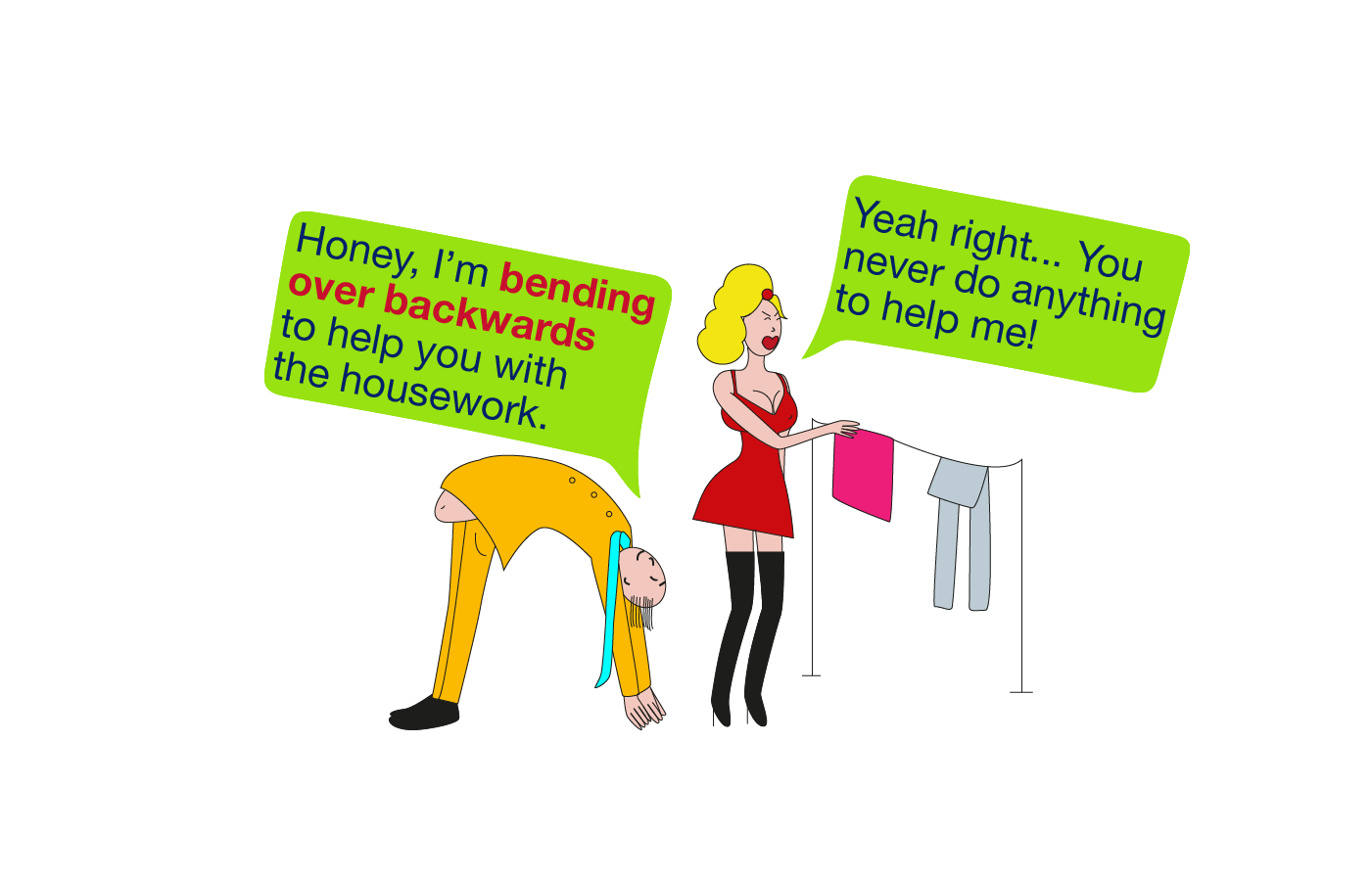



The simplest instructions to get this effect are to move sitting bones (ischial tuberosities) forward (towards the navel), move the top of the hips (iliac crests) backwards (away from the navel) and move the navel forward. In backward-bending (spinal extension) postures this action prevents the L5-S1 from bending backwards. Encouraging hip extension).
This action can be trained if you practice abdominal inhalation while doing a half sit up or practicing abdominal inhalation while carefully dropping part of the way down toward the floor as if you are about to ‘drop back to Urdhva Dhanurasana (the ‘Inverted bow posture’), or rather to Ustrasana (the ‘Camel posture’), which is safer and simpler for most people.To begin to open your spine to the possibilities of bending backwards (spinal extension) where it is mostly stiffer around the region of the middle back (especially from the middle thoracic spine to the fifth lumbar vertebrae), without over-bending backwards (hyperextending) at the L5-S1 junction, you can do the following things. When you consciously move the navel forward, without moving the top of the hips forwards this also tends move the ‘navel spine’ forward and to move the L5-S1 joint into a more flexed (less bending backwards) and less compressed position, which can relieve most lower back pain.Moving the navel (and ‘navel spine’) forward can be done using a combination of the diaphragm and/or the rectus abdominis. We can refer to the region of L4-L5 as the ‘navel spine’.
When it contracts as you inhale into the abdomen) it pulls on the psoas, and even causes the psoas to become active (via the ‘stretch reflex’), which will cause the T12-L5 begin to bend backwards.You can apply these principles in any backward-bending (spinal extension) posture – even while simply standing up ‘straight’ and trying to lift your chest.Bianca Machliss lowering back into Urdhva Dhanurasana, which obligatorily actives spinal extensors (especially rectus abdomens) and reciprocally relaxes back musclesIn the photos attached you can see me using this method while doing Baddha Hasta Janu Simhasana (grabbing my knees in a ‘lotus cobra’) and you can see in this posture how I am bending inwards (backwards) in my mid-spine quite fully (this feels incredible in fact – like an incredible self-massage).In the other photo you can see me dropping backward into a backward arch, while slowly lowering down using the rectus abdominis and so no ribs can stick out. The fact that the diaphragm is a dome-shaped muscle that actually joins onto the psoas (see anatomy photo), and so when the diaphragm becomes active (i.e. The fact that the psoas muscles actually join onto the transverse processes of the vertebrae T12-L5 (see anatomy photo) and can therefore bend the spine backwards at these vertebrae if they are not allowed to make L5-S1 bend backwards.2. Once you breathe into your abdomen with your diaphragm you usually start to feel the middle of your back begin to bend backwards (sometimes for the first time since being a child), while actually relieving any compression around L5-S1.1. This will give the best spinal extension especially if your rectus abdominis (the spinal flexor muscle we use while doing a half sit-up exercise) is active (as it is when dropping backwards), and holding your front ribs inwards.


 0 kommentar(er)
0 kommentar(er)
